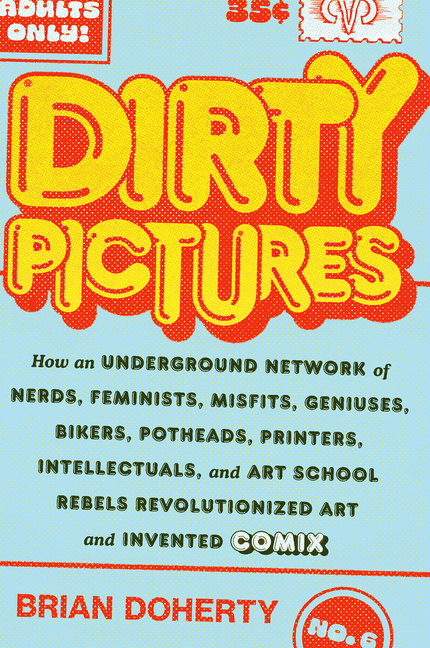Spelled with an x to distinguish the format from its mainstream counterparts ('to which they were in opposition'), the comix of such legendary artists as Robert Crumb, Trina Robbins, and Art Spiegelman were vastly different, but they were connected by a near obsession with Mad magazine and an artistic disillusionment that drew them to subvert the medium with illustrations both lurid and profane...Combining interviews with meticulous research, Doherty highlights how their publications, 'distributed by hippie entrepreneurs,' touched upon taboo topics like sex, drugs, and homosexuality, as well as the seemingly mundane, to expose culture’s 'absurd and the sinister' side—sometimes with grace, other times with shocking and offensive material that lead to legal issues...As Doherty entertainingly traces the movement’s rise, he captures how it perfectly reflected the rapidly changing norms of the baby boomer generation and its enduring impact on pop culture today...Comix fans and artists should make room on their shelves for this one.
Read Full Review >>

